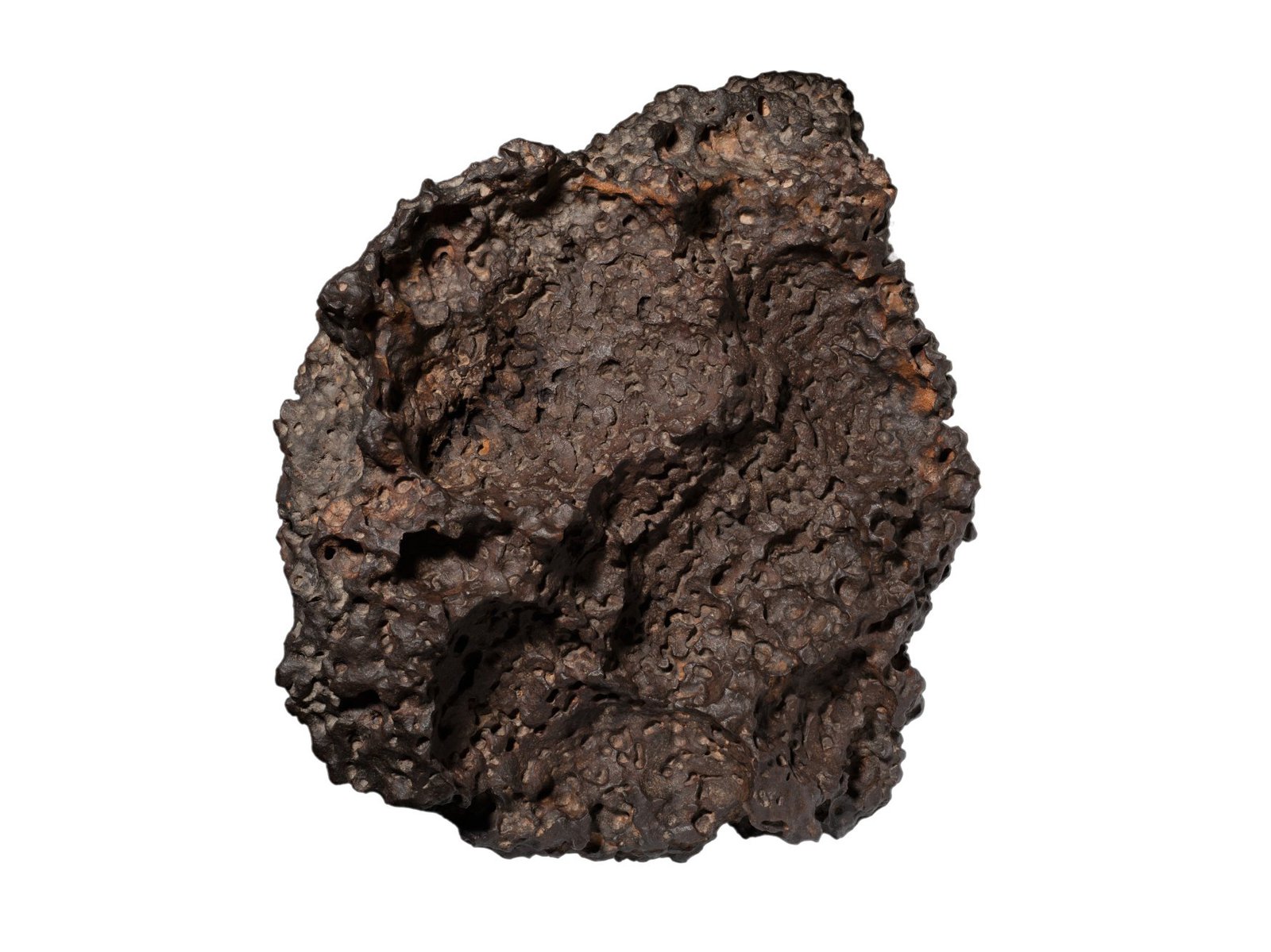Australian Museum Meteorite Collection
The Australian Museum’s Meteorite Collection is the oldest and one of the largest and most diverse in Australia.


The collection
The Australian Museum has 780 meteorite specimens representing 314 named falls and finds, including classic 19th century examples and meteorites from the Moon and Mars. The emphasis is on Australian, especially New South Wales, meteorites.
The specimens range from meteoritic dust to a 617 kg mass of the Mundrabilla, Western Australia, nickel-iron meteorite. The collection also includes a large range of plaster meteorite replicas that have been cast from Australian and overseas originals.
The collection covers all meteorite classifications: chondrites, achondrites, irons and stony irons.

Acquisitions

The very first meteorite acquisitions came under Thomas Cooksey, Curator of Minerals. They included the 19.8 kg Nocoleche iron meteorite from near Wanaaring, New South Wales, which was found in 1896, and the 67 kg Mt Stirling mass of the Youndegin iron meteorite from Western Australia which was purchased for £50 in 1896. Then, in 1896, Archibald Liversidge presented the Museum with a slice of the Thunda iron meteorite from Queensland.
In 1912, several masses of the Barratta stony meteorite found in 1845 near Deniliquin, and the Gilgoin stony meteorite found in 1889 near Brewarrina were transferred from Sydney Observatory to the Australian Museum. The Government Astronomer H C Russell had originally acquired them for the Observatory.
In 1924 the Elsinora stony meteorite from Wanaaring, New South Wales, was presented to the Museum by its finder. The Museum also purchased from its finder the unusual Weekeroo Station silicated iron meteorite from South Australia in 1927. A range of classic European meteorites was obtained through exchange with Antoine Lacroix of France in 1926.
The Museum acquired many meteorite specimens from other organisations. In 1929, a 52 kg piece of the Molong pallasite meteorite was transferred from the Geological and Mining Museum and a mass of the Moonbi iron meteorite from near Tamworth was transferred from the Technical Museum (now the Powerhouse Museum).
In 1934, a review of the overlapping functions of the Australian Museum and the Geological and Mining Museum in Sydney was conducted and resulted in some collection items being exchanged, including 14 specimens of New South Wales meteorites transferred to the Australian Museum’s collection. In 1939, half of the 76 kg Tawallah Valley iron meteorite from the Northern Territory was presented to the Museum by the Territory Director of Mines.

Molong meteorite, stony-iron (pallasite), Orange, New South Wales, Australia. 3 kg, 15 x 11 x 12 cm. DR.1201.
Image: Ross Pogson © Australian MuseumThe acquisitions continued, with three large masses of the Forest Vale stony meteorite from New South Wales presented to the Museum by the finders in 1942. In 1944 two masses of the Nardoo stony meteorite from near Wanarring, New South Wales, were offered for purchase by the finder.
Then, in 1950, the Museum acquired a significant new specimen: the 1 kg Adelie Land stony meteorite found on Sir Douglas Mawson’s Australasian Antarctic Expedition in 1912. This was the first meteorite ever found in Antarctica.
In 1969, a famous meteorite fall at Murchison, Victoria, caused enormous interest. Rare, organic molecules resembling amino acids were found in the over 100 kg of fragments of the rare carbonaceous chondrite meteorite. Many specimens were acquired for the Museum’s collection.

The largest meteorite in the collection is a 617 kg mass from a meteorite shower found at Mundrabilla on the Nullarbor Plain of Western Australia in the late 1970s. It was acquired through the Cultural Gifts Program in 1980.
Examples from new meteorite finds are still being acquired, adding to the collection’s immense scientific value. Australian and overseas scientists often request research samples from the Museum’s collection, as some items are held only here. Their research is increasing our knowledge of the formation of the solar system and composition of planets and asteroids.
